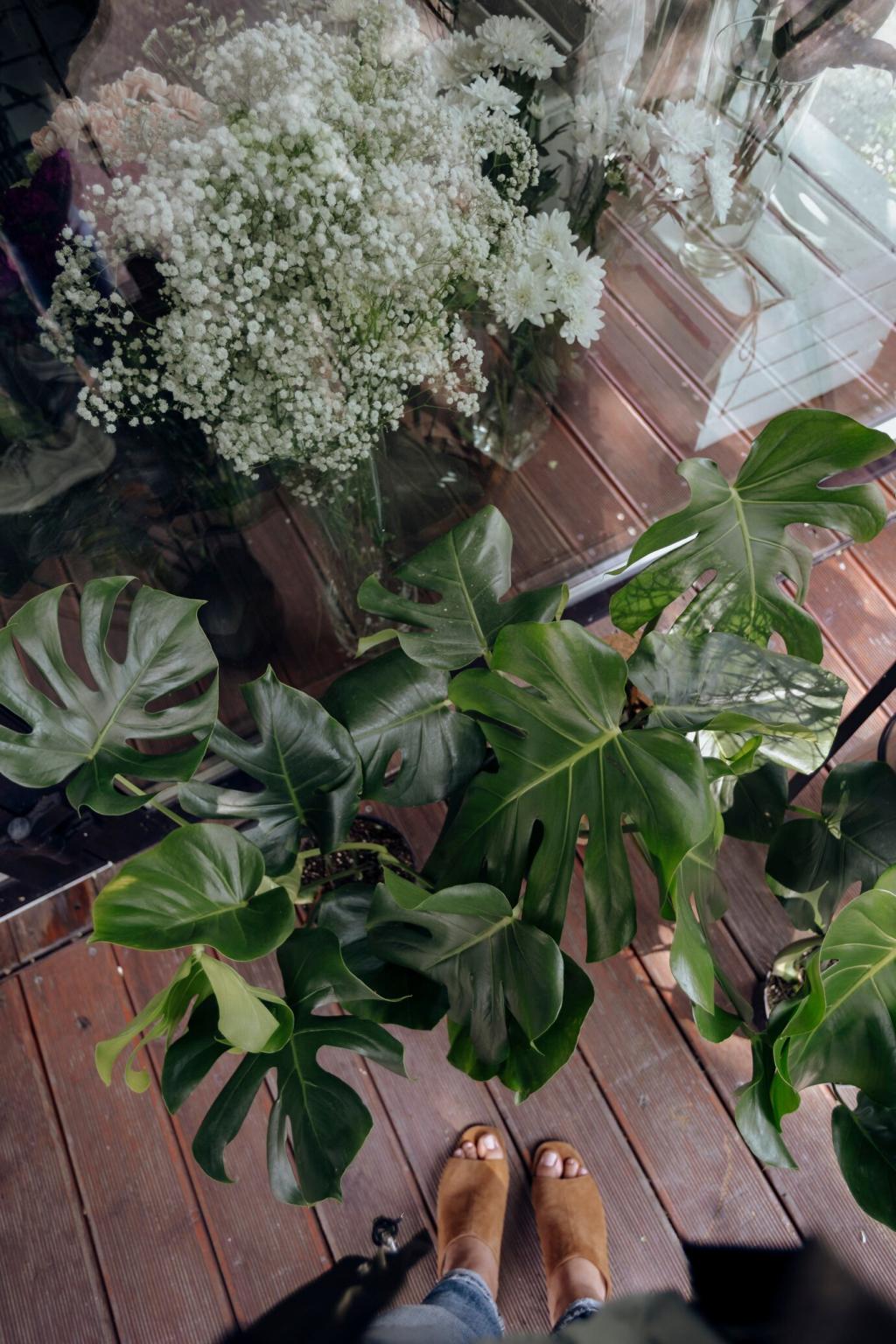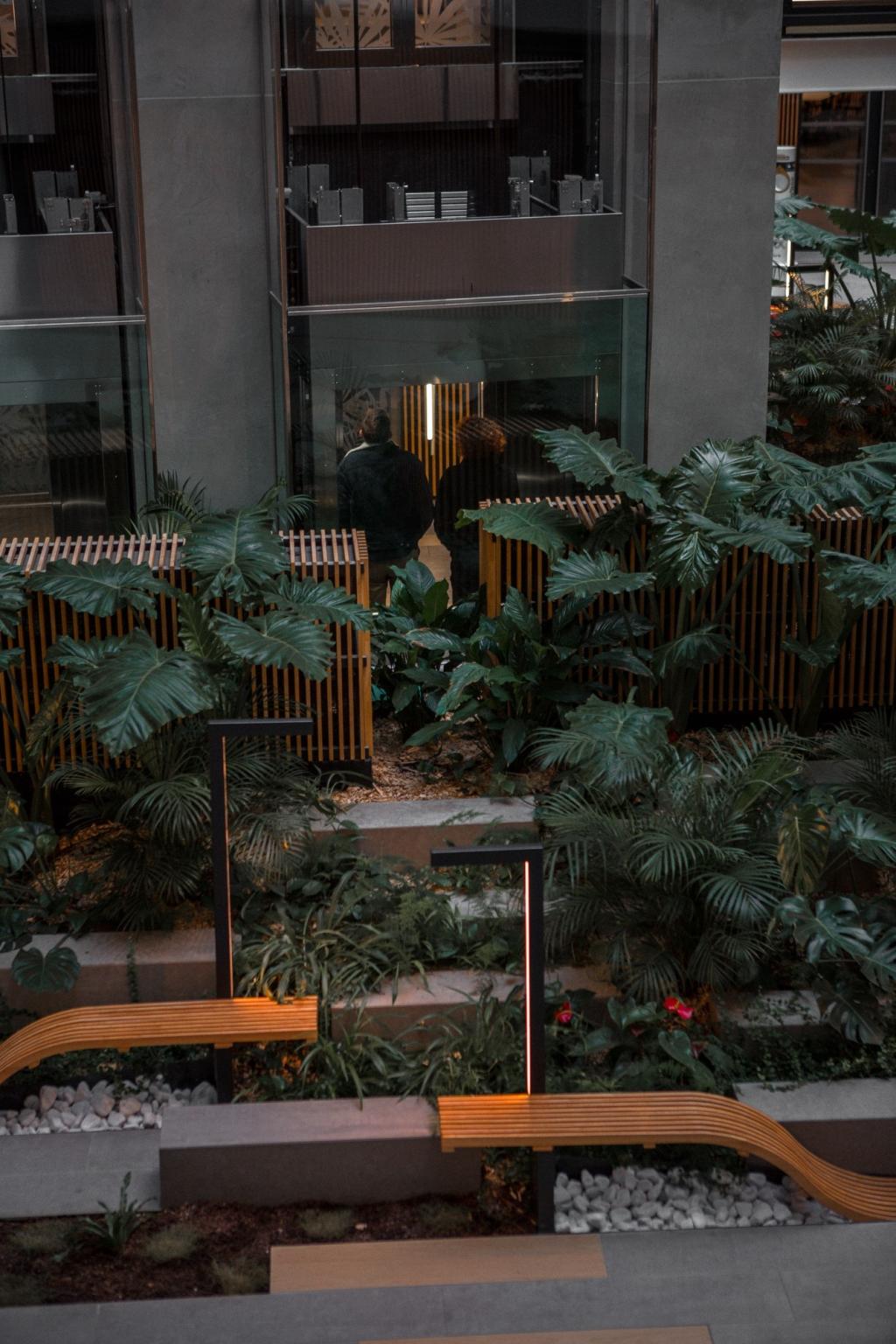
Eco-Friendly Materials for Green Space Design
Chosen theme: Eco-Friendly Materials for Green Space Design. Explore practical, inspiring ways to build lush, resilient outdoor spaces using materials that honor the planet and elevate everyday life. Share your experiences, ask questions, and subscribe for new eco-material spotlights.
Compost from nearby, certified facilities reduces transport emissions and reintroduces beneficial microbes. Seek batches tested for contaminants and maturity. Tell us your favorite local supplier and how your beds responded over the first growing season.

Permeable Pavers from Recycled Aggregates
Choose pavers incorporating recycled glass, porcelain, or crushed concrete with open joints that let rain soak through. This reduces runoff and replenishes groundwater. Share photos of your permeable path after a storm and how quickly it drains.
Reclaimed Brick and Stone with Timeless Patina
Salvaged brick and stone keep materials in use and add character that new products cannot mimic. Verify structural integrity and clean without harsh acids. Tell us where you sourced yours and any restoration tricks that worked.
Water-Wise Infrastructure Built with Green Materials
Use locally quarried, responsibly certified stone and gravel to shape inlets and weirs. Layer native soils and compost for absorption. Share your plant palette and how seasonal storms shaped your rain garden’s performance.

Plant Supports and Structures That Respect Nature
Bamboo grows fast, is remarkably strong, and composts at end-of-life. When wood is essential, choose FSC-certified species with natural finishes. Post your veggie tunnel or espalier build and any joinery tricks that simplified assembly.
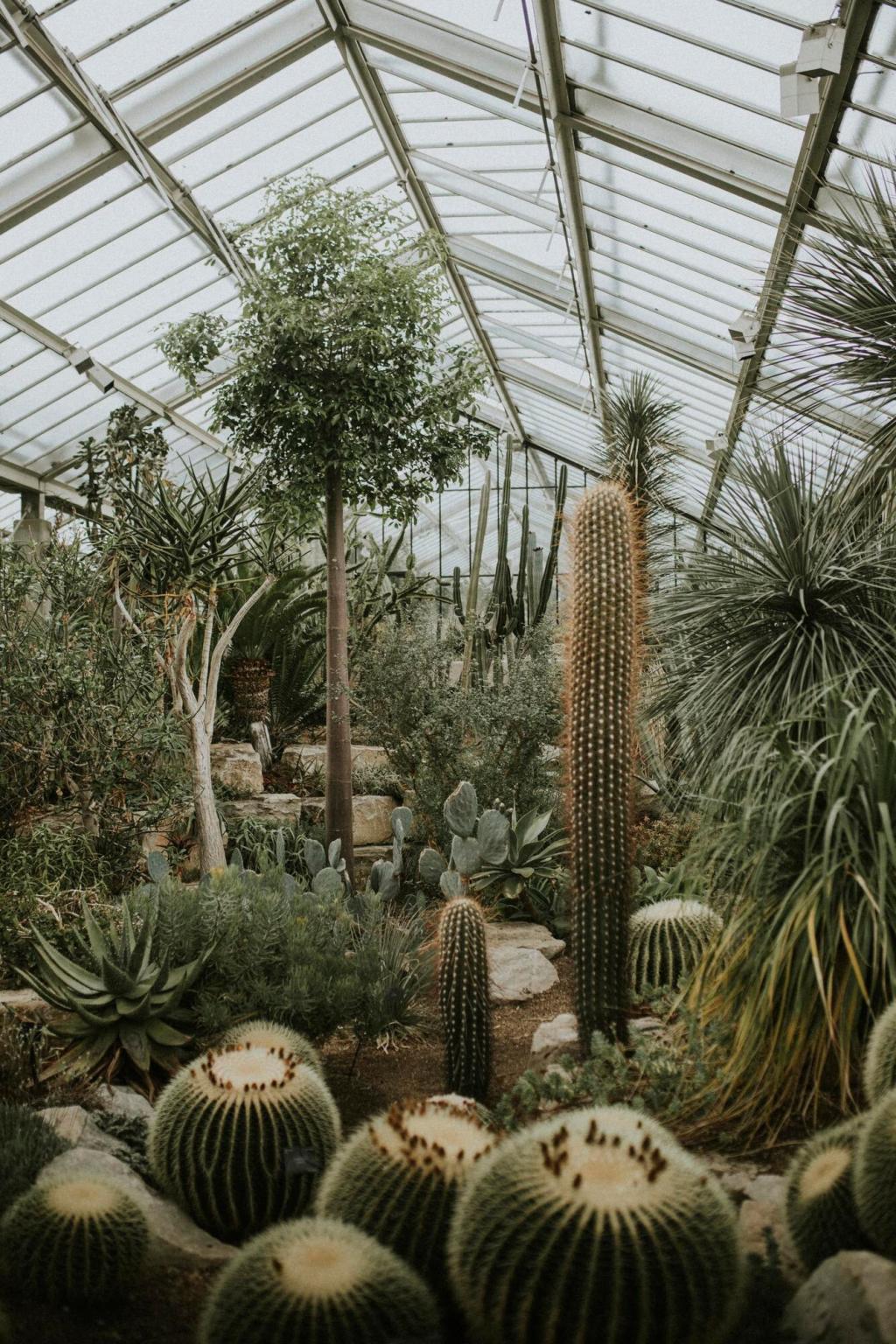
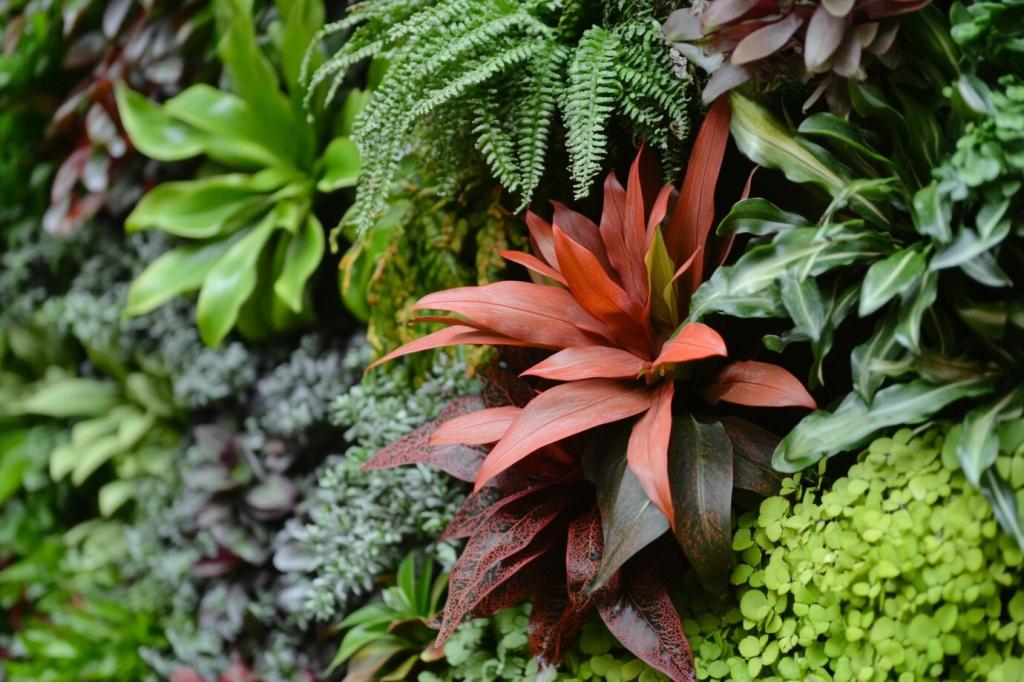
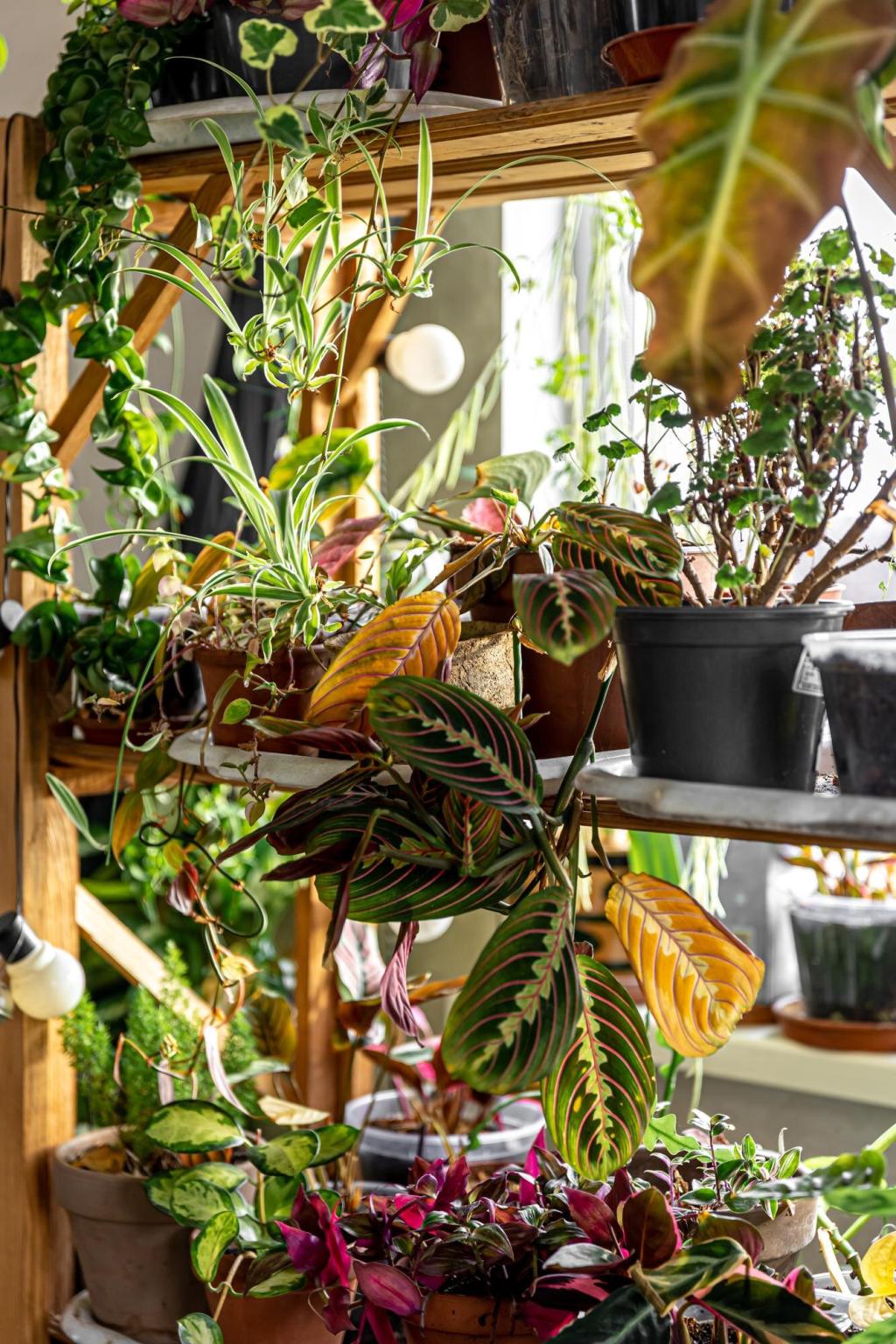

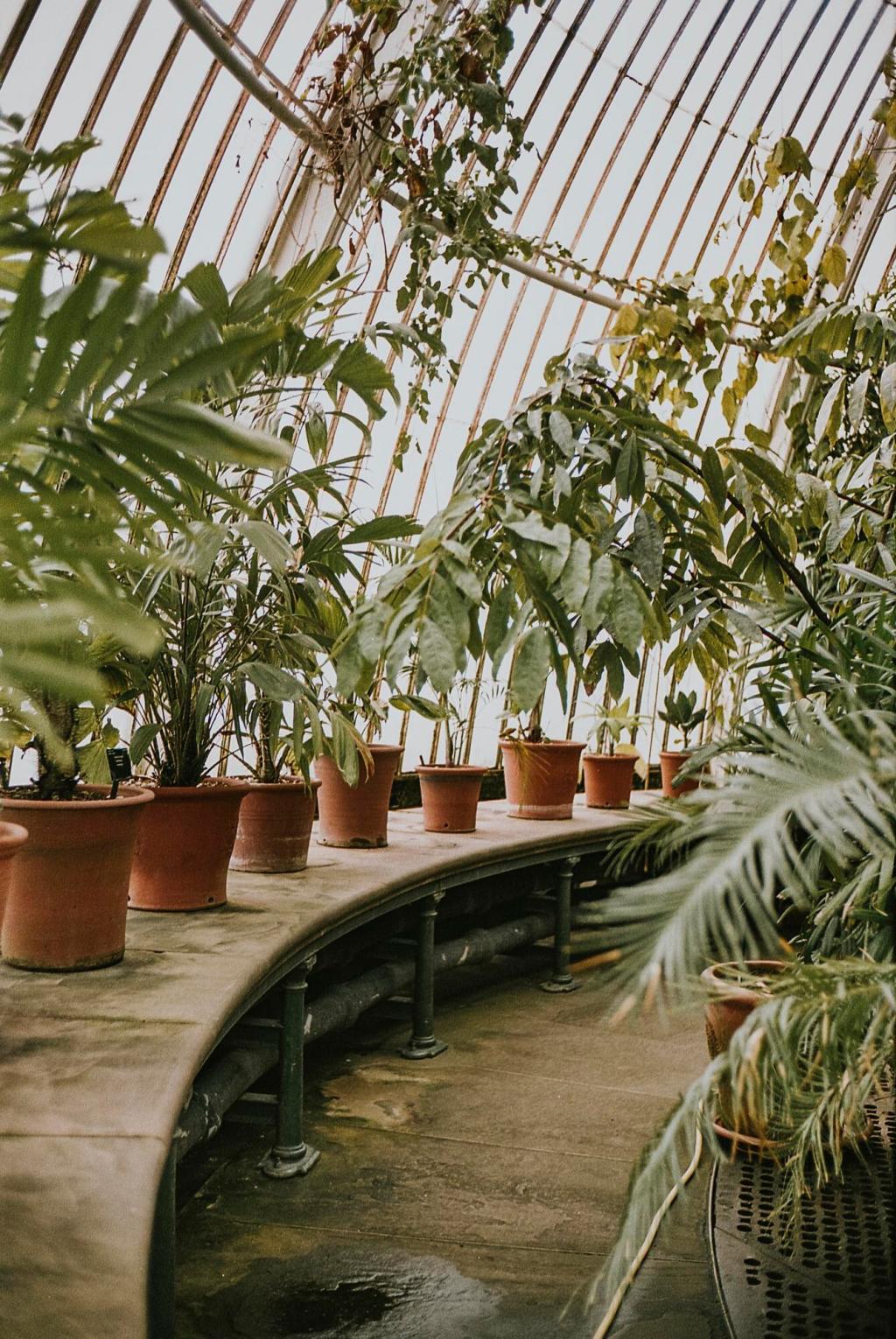

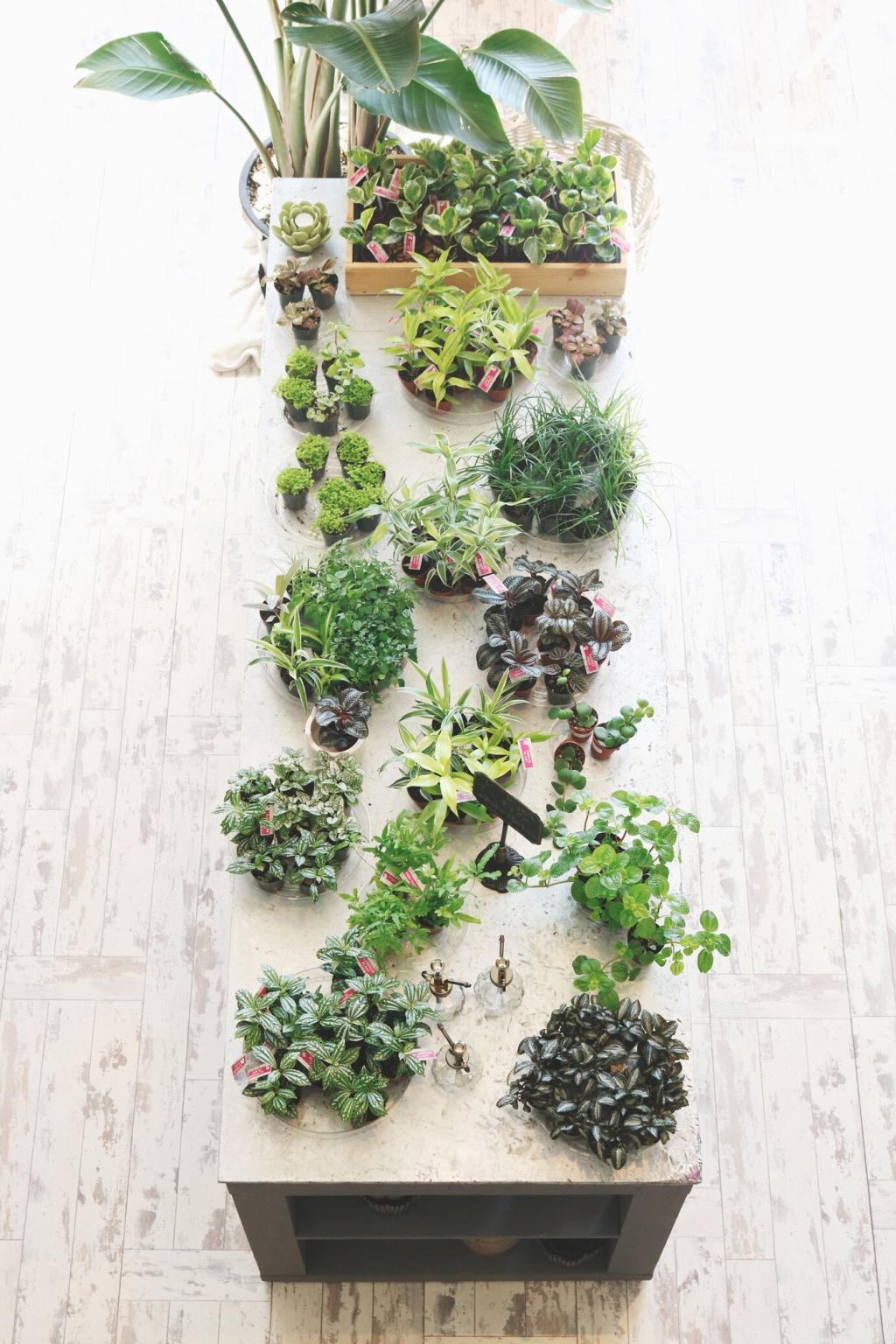
Case Study: A Vacant Lot Becomes a Climate-Positive Pocket Park
We used reclaimed brick from a demolished school, arborist chips from city prunings, and bamboo trellises grown within 200 miles. The result felt rooted, loved, and unmistakably local. Which nearby materials tell your landscape’s story?
Case Study: A Vacant Lot Becomes a Climate-Positive Pocket Park
Permeable paths eliminated puddles, cisterns irrigated native beds for eight weeks, and biochar sequestered measurable carbon. Pollinators returned within a month. Share your metrics—before-and-after infiltration tests or simple species counts—to inspire neighbors.

